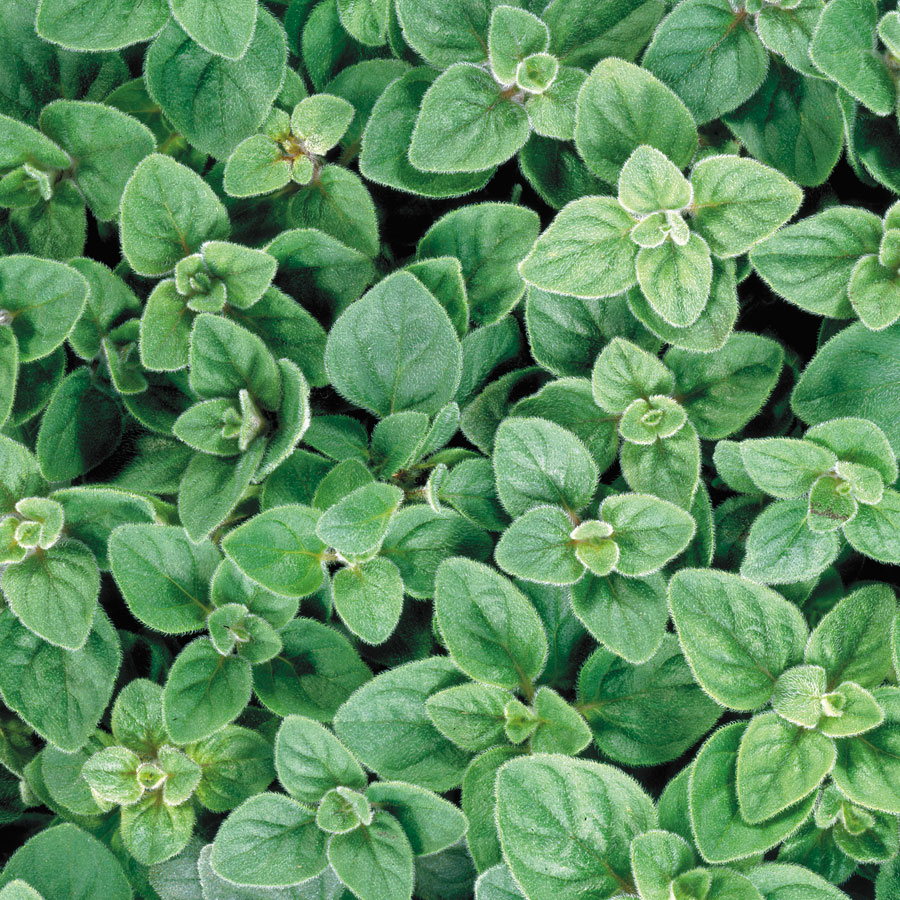
Oregano is a flowering plant in the mint family. It is native to temperate Western and Southwestern Eurasia and the Mediterranean region. Oregano is a perennial herb, growing from 20–80 cm tall, with opposite leaves 1–4 cm long. The flowers are purple, 3–4 mm long, produced in erect spikes.
The leaves of the oregano plant are very small and a dark green color. It is a perennial in many zones and the stems can become woody over the years. Oregano produces tiny white, pink, or purple flowers which are very attractive to pollinating bees.
There are many varieties of oregano that you can plant in your garden.
- Common oregano like you often find in the grocery store is also called ‘Greek’ oregano (Origanum vulgare hirtum, formerly known as Oregano heracleoticum). It should be noted that some people also call sweet marjoram ‘Greek oregano.’
- Mexican oregano (Lippia graveolens) is technically not oregano though it’s often used like oregano. It has a pepper-like flavor.
- What is known as ‘Italian’ oregano (Origanum x majoricum) is actually a hybrid of oregano and marjoram, which gives it a sweeter flavor.
Be wary of fancy, ornamental oregano plants if you intend to use it for cooking. They are often far less flavorful though they do look great in the garden.
Greek Oregano vs Italian Oregano
It’s also known as wild marjoram. Oregano from these areas is robust in flavor, though different varieties may be more bitter, sweet, or peppery than others. Greek oregano tends to be the most savory and earthy, while Italian is milder and Turkish is more pungent.
If you love spaghetti or Mediterranean dishes, you likely use Greek oregano to cook it. In fact, Greek oregano is one of the most common types of oregano, and you may have it in your cupboard without even realizing it. Greek oregano has a pungent flavor and is a useful herb for dozens of dishes, and if you’d like to grow it, it does best in zones 5-11. The Greek oregano plant has white flowers and fuzzy leaves, and it doesn’t grow as aggressively as the standard, common oregano. Most oregano, however, is very easy to grow and produces a lot of plants for the money you spend on it.
Italian oregano is a hybrid of sweet marjoram and common oregano. It does very well in growing zones six through nine, and the plant itself has off-white flower spikes and very delicate, light-green leaves. It has a flavor that resembles both Greek oregano and sweet marjoram, and you can use it for dozens of dishes. This includes fried vegetables such as eggplant, tomato sauces, and various types of grilled meat. In fact, along with basil, nearly all Italian dishes have Italian oregano in them, giving these dishes a very distinct taste.
- Latin Name: Origanum vulgare
- Common Name: oregano, pizza herb
- USDA Hardiness Zone: Zone 5-10
- Exposure: Full sun and well-drained soil. Oregano will do well in partial shade.
Using Oregano in Food
Oregano is a well-loved cooking herb. It is used in Italian cooking and known by most children as “the pizza herb.” It also makes an appearance in many Mexican and Spanish dishes and can be used to add flavor to almost any food.
- Oregano is particularly useful in any tomato-based dish.
- It is perfect for seasoning pasta dishes and most foods that contain olive oil.
- Pair oregano with basil, garlic, onion, or thyme.
- Whole sprigs of oregano and rosemary can be placed in steamer water for seafood along with a few large leaves of basil. It gives shrimp a lovely herbal flavor.
- You can even add oregano to canned soups for a little extra flavor during lunch or on one of those lazy dinner nights.
Fresh sprigs of oregano can be cut from the plant to prep for any meal. Rinse the sprig, pat it dry, then strip the leaves from the stem. Chop the leaves finely before adding them to the dish.
Dried oregano can be added to any dish as well. Be sure to crush it between your hands first to make the pieces very fine.